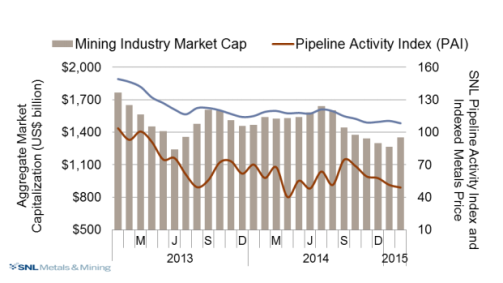Marilyn Scales is a field editor for the Canadian Mining Journal, Canada’s first mining publication. She is one of Canada’s most senior mining commentators.
One of the hottest topics debated by residents of the town of Sept-Isles, QC, lately has been the fate of the proposed Arnaud open pit apatite mine. The project is owned by Invstissement Quebec and Yara International, a Norwegian fertilizer manufacturer.
Not surprisingly many residents of the North Shore town are wildly opposed to a large open pit on the edge of town. Even the Bureau d’audiences publicques sur l’environement (BAPE) said the project was “unacceptable” in its present form last year. The bureau cited the risk of water contamination and landslides.
Union members and the potential pool of workers for the project insist it must go ahead if the region is to have any economic hope. The Arnaud mine would create perhaps 330 jobs over its 30 year life, and it would be a welcome step toward diversifying the local economy.
Then on Monday, March 16, 2015, Quebec environment minister David Heurtel gave the project the province’s blessing. He said the operator has agreed to 11 conditions spelled out by BAPE to lessen the impact of the mine. And the new development is in line with the province’s Plan Nord.
























